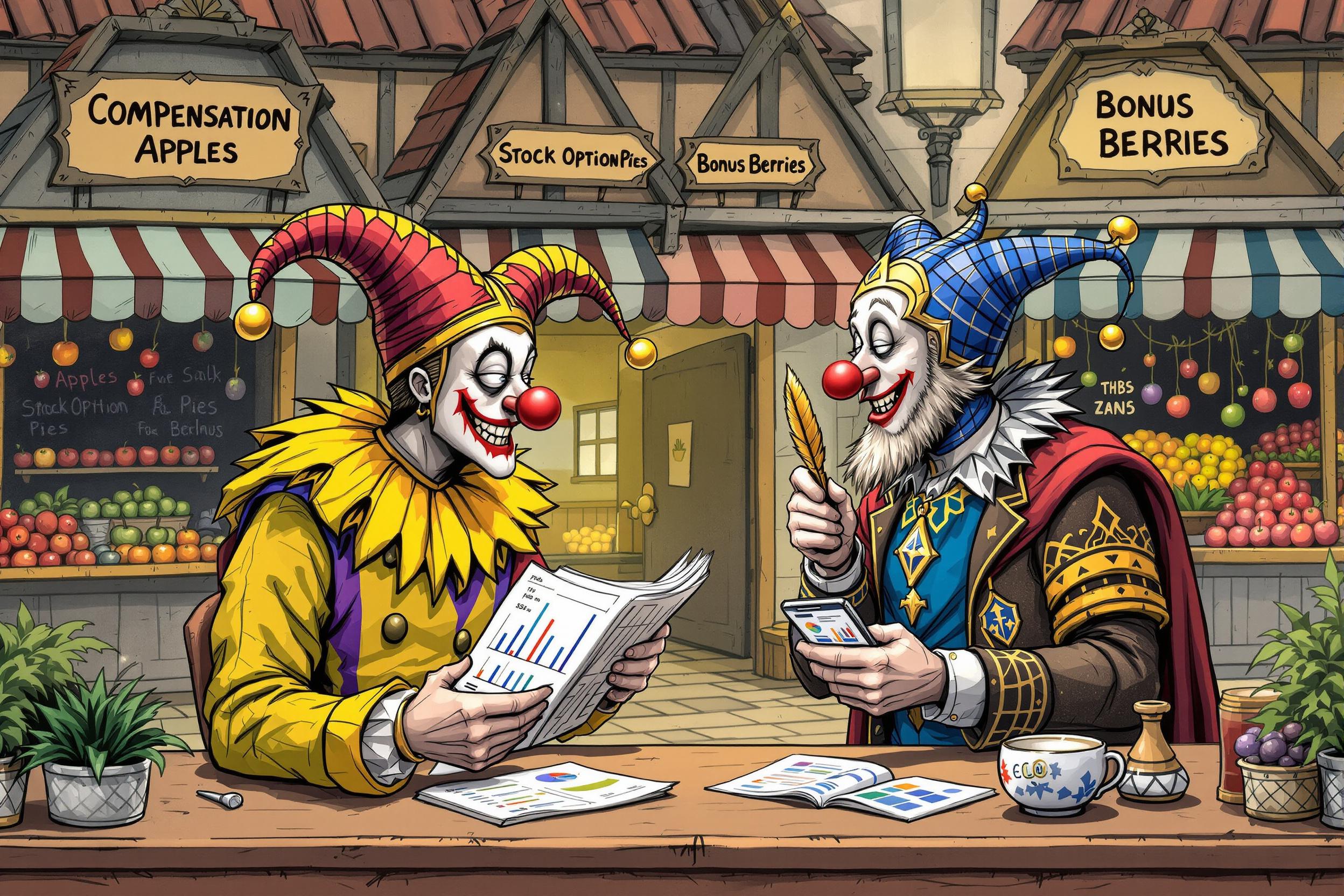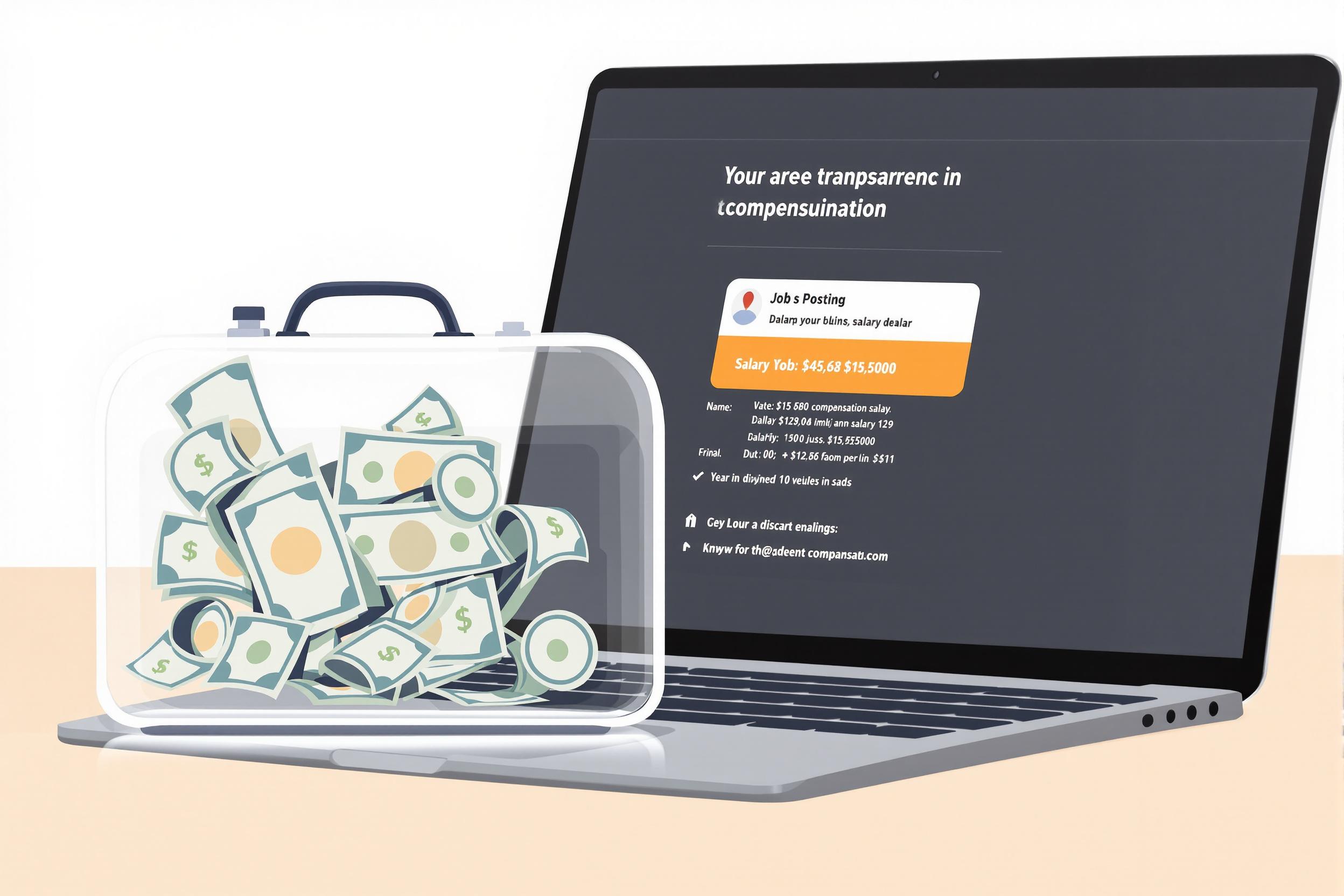
Insurance Value
Insurance Value is the estimated amount that would be needed to replace an antique or collectible item if it were lost, stolen, or damaged. It's different from market value or retail price, as it specifically relates to what insurance companies would pay out in case of a claim. Antique dealers work with this term regularly when helping clients document their collections, prepare appraisals, or arrange shipping of valuable items. Similar terms include "replacement value" or "insurance appraisal value." This value is typically higher than regular market value to account for the costs of finding and acquiring a similar item in case of loss.
Examples in Resumes
Provided Insurance Value assessments for client collections exceeding $2M annually
Developed standardized Insurance Value documentation process for high-end antique furniture
Trained junior staff in determining Insurance Value and Replacement Value for vintage jewelry pieces
Typical job title: "Antique Appraisers"
Also try searching for:
Where to Find Antique Appraisers
Professional Organizations
Online Communities
Job Resources
Example Interview Questions
Senior Level Questions
Q: How do you handle disagreements with clients about insurance values?
Expected Answer: A senior appraiser should discuss their methodology for explaining valuations, documentation process, market research examples, and how they maintain professional relationships while standing firm on accurate assessments.
Q: Describe your process for valuing a complex collection with diverse items.
Expected Answer: Should explain their systematic approach to categorizing items, research methods, market analysis, and how they handle unique or rare pieces while maintaining consistent valuation standards.
Mid Level Questions
Q: What factors do you consider when determining insurance value versus market value?
Expected Answer: Should explain how replacement costs, market availability, condition assessment, and current market trends all factor into insurance valuations differently than regular retail pricing.
Q: How do you stay current with market trends and pricing in the antiques industry?
Expected Answer: Should mention specific resources, databases, auction results, and professional networks they use to keep their knowledge current.
Junior Level Questions
Q: What documentation do you include in a basic insurance valuation report?
Expected Answer: Should mention photographs, detailed descriptions, condition reports, comparable sales data, and any relevant historical information about the piece.
Q: How do you verify the authenticity of an item before providing an insurance value?
Expected Answer: Should describe basic authentication steps, use of reference materials, when to consult experts, and importance of thorough examination.
Experience Level Indicators
Junior (0-2 years)
- Basic item identification
- Photography and documentation
- Research using standard resources
- Simple valuation reports
Mid (2-5 years)
- Detailed condition assessment
- Market trend analysis
- Client relationship management
- Complex item authentication
Senior (5+ years)
- Expert-level valuations
- Training and mentoring
- Advanced market analysis
- Complex collection management
Red Flags to Watch For
- Unable to explain valuation methodology
- No knowledge of current market trends
- Lack of proper documentation practices
- No understanding of insurance industry requirements
- Cannot demonstrate research methods
Need more hiring wisdom? Check these out...

The Hidden Art of Salary Negotiation: How to Win Hearts Without Going Broke

Salary Transparency Laws: What HR Leaders Need to Know

Virtual Reality in Certification Exams: How VR is Transforming Specialized Training

